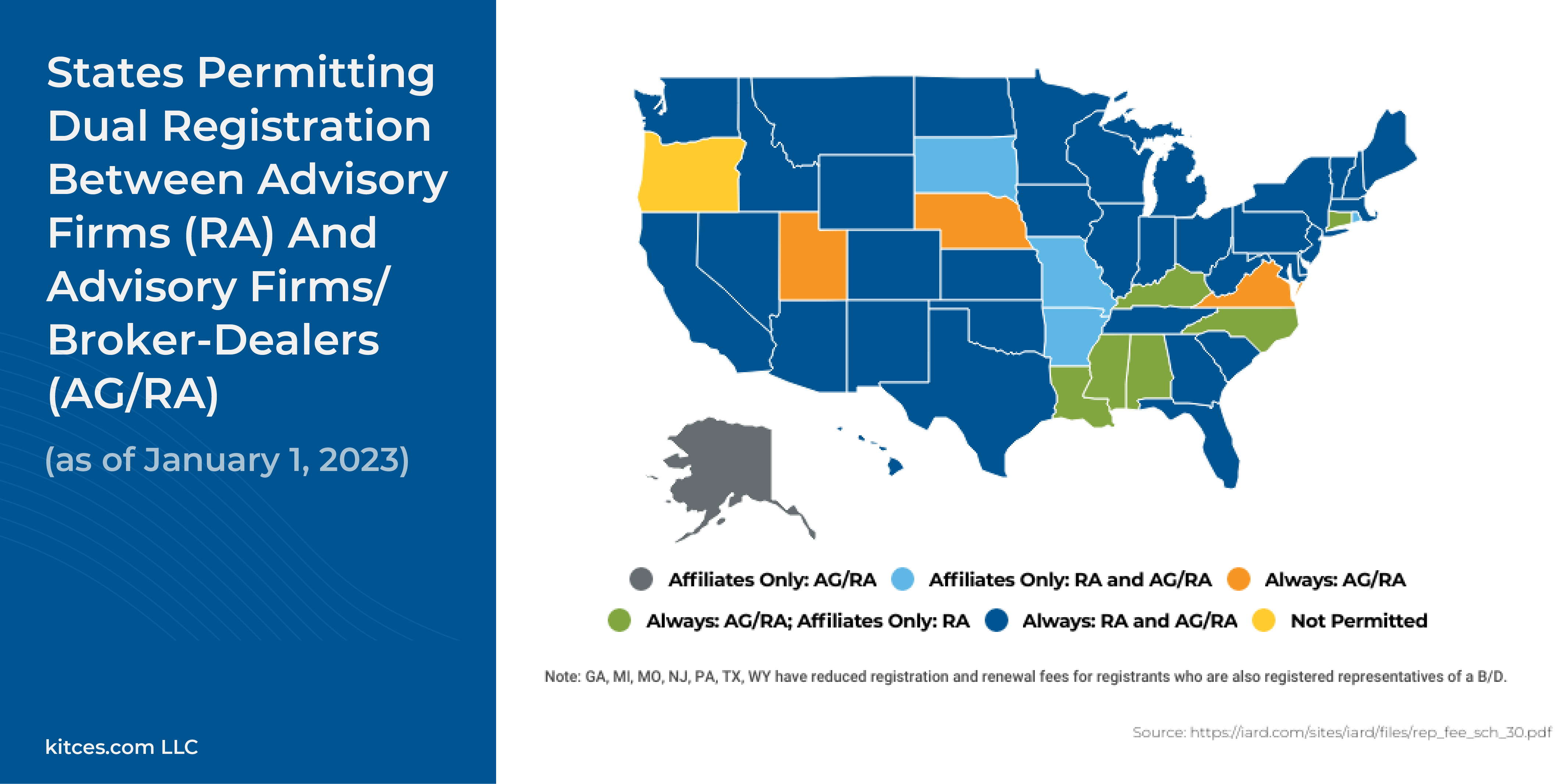All Investment Adviser Representatives (IAR) of registered investment advisory firms are required to file Form U4, a regulatory filing containing public disclosures of certain information about financial professionals. And while IARs are responsible for keeping their own Form U4 up-to-date, Form U4 – unlike other regulatory forms like Form ADV that require an annual amendment – doesn’t need to be amended unless there is a change warranting an update, which can often lead to an IAR’s Form U4 being neglected over years or even decades, potentially becoming out-of-date if the IAR forgets to amend the form for any changes to their situation. Which means that, in order to fulfill their regulatory responsibilities for maintaining the accuracy of their Form U4, IARs (particularly those who haven’t looked at their Form U4 in a while) can benefit from a deeper understanding of Form U4 in general and from refreshing themselves on what’s in their own Form U4.
In this guest post, Chris Stanley, investment management attorney and Founding Principal of Beach Street Legal LLC, breaks down the key details of what’s included on Form U4, common missteps that may trip up IARs in their filings, and best practices for preparing and filing Form U4 with state and Federal regulators.
One of the first challenges in preparing Form U4 is understanding which sections to complete: Because Form U4 is used by both IARs and registered representatives of broker-dealers, some sections of the form aren’t applicable for those registering solely as IARs. And when completing the sections of Form U4 that they are responsible for, IARs may come across language that is ambiguous or even conflicts with the language used on different regulatory forms. For instance, while some IARs who are independent contractors with their firms may be considered “employees” for the purposes of the firm’s Form ADV, they would still need to classify themselves as “independent contractors” when completing their Form U4.
Additionally, IARs and their employers may need to familiarize themselves with the requirements of the state(s) in which they’re registered to properly complete Form U4. For example, some states require registrants to be fingerprinted before approving their registration, and some have different rules for dually-registered IARs, which may only allow IARs to be registered with RIAs and broker-dealers if they are affiliated with each other – or may not allow dual registration in any case. And because IARs generally cannot solicit new business or render investment advisory services until their registration has been approved by their applicable states, any hangups in the registration process caused by incorrectly filling out Form U4 can leave the IAR unable to do their job for several weeks or more.
Ultimately, even though many IARs rely on their compliance departments to handle their Form U4, IARs are still responsible for reviewing and ensuring the accuracy of their Form U4 and for making sure that any required updates are reflected on the form (either by amending the form themselves or by notifying the proper compliance personnel at their firm). Additionally, it’s worth remembering that, save for certain personal information like home addresses and birthdates, much of the information on Form U4 is made public on the SEC’s website. Which makes it all the more important for IARs to ensure Form U4 is up to date and that the way they are presenting themselves to current and potential clients in public – including content on their website, advertisements, and social media post – aligns with their (also publicly available) regulatory disclosures!


